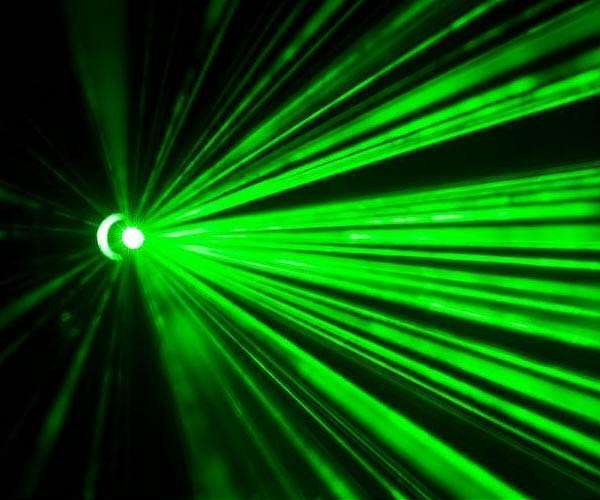18.12.2022

How fast do electrons inside a molecule move? Well, it is so fast that it takes them just few attoseconds (1 as = 10-18 s or one billionth of billionth of a second) to jump from one atom to another. Blink and you missed it - millions of billions of times. So measuring such ultrafast processes is a daunting task.
Scientists at the Australian Attosecond Science Facility and the Centre for Quantum Dynamics of Griffith University in Brisbane Australia, led by Professor Robert Sang and Professor Igor Litvinyuk have developed a novel interferometric technique capable of measuring time delays with zeptosecond (a trillionth of a billionth of a second) resolution.
They have used this technique to measure the time delay between extreme ultraviolet light pulses emitted by two different isotopes of hydrogen molecules - H2 and D2 - interacting with intense infrared laser pulses.
This delay was found to be less than three attoseconds (one quintillionth of a second long) and is caused by slightly different motions of the lighter and heavier nuclei.
This study has been published in Ultrafast Science, a new Science Partner Journal.
The first author Dr Mumta Hena Mustary explains: "Such unprecedented time resolution is achieved via an interferometric measurement - overlapping the delayed light waves and measuring their combined brightness."
The light waves themselves were generated by molecules exposed to intense laser pulses in the process called high harmonic generation (HHG).
HHG occurs when an electron is removed from a molecule by a strong laser field, is accelerated by the same field and then recombines with the ion giving up the energy in the form of extreme ultraviolet (XUV) radiation. Both intensity and phase of that XUV HHG radiation are sensitive to exact dynamics of the electron wavefunctions involved in this process - all different atoms and molecules emit HHG radiation differently.
While it is relatively straightforward to measure spectral intensity of HHG - a simple grating spectrometer can do that - measuring HHG phase is a far more difficult task. And the phase contains the most relevant information about the timing of various steps in the emission process.
To measure this phase, it is usual to perform a so-called interferometric measurement when two replicas of the wave with finely controlled delay are made to overlap (or interfere) with each other. They can interfere constructively or destructively depending on the delay and relative phase difference between them.
Such measurement is performed by a device called an interferometer. It is very difficult to build an interferometer for XUV light, in particular to produce and maintain a stable, known and finely tuneable delay between two XUV pulses.
The Griffith researchers solved this problem by taking advantage of the phenomenon known as the Gouy phase - when phase of a light wave is shifted a certain way while going through a focus.
Quelle: SD
